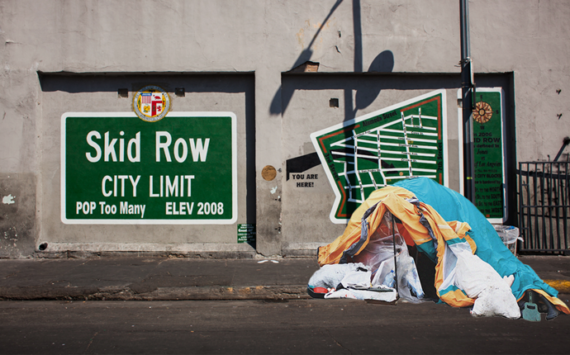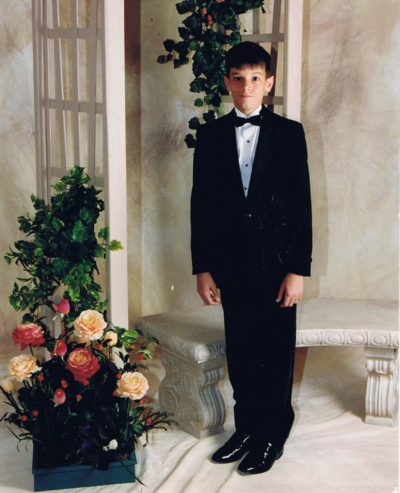
Photo courtesy of NAMI
(6-9-21) This is the second installment of a three part series about Patty as told by Los Angeles’ Skid Row doctor Susan Partovi. You can read part one here. As with all guest blogs, the opinions are that of the writer.
Marinating
By Susan Partovi, M.D.
I wasn’t going to give up on Patty.
I began putting her in motels paid for by Homeless Health Care LA while waiting for her to get into interim housing. She stayed in one for a month but eventually was kicked out due to damaging the TV and having “inconsiderate” friends.
She tracked me down and I put her back at the original hotel where I’d housed her. I didn’t give her any antipsychotics this time, due to me being too tired and thinking if she wasn’t using, maybe she wouldn’t act out. Five days later I received a call from the manager saying she was “crazy,” but he didn’t speak English very well, and I didn’t take the time to try to understand what he was saying.
The next day he called me again, saying she had to leave. I said that I would get her in the morning. When I arrived, her door was open, her bed and bed frame were on their side, there was trash everywhere, the TV was shattered, the pictures were off the wall and destroyed; it was a disaster zone!






